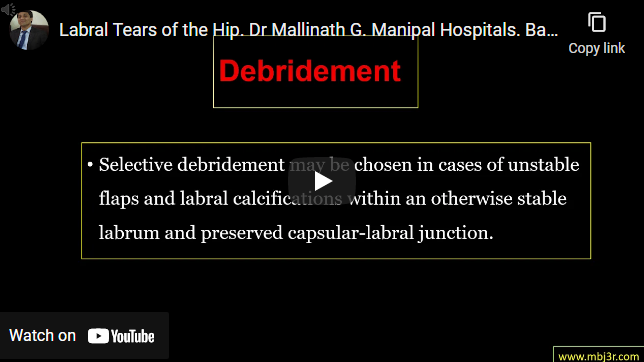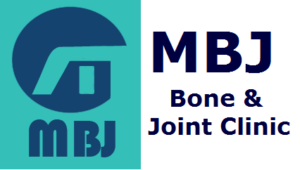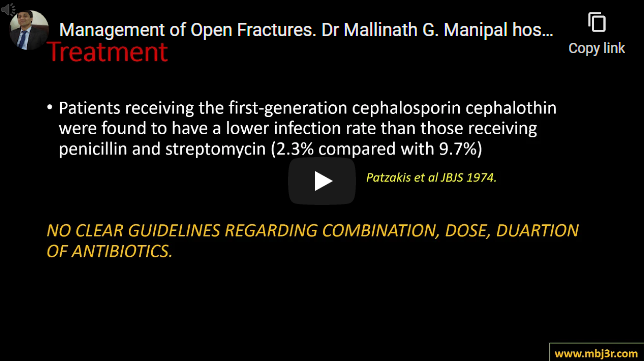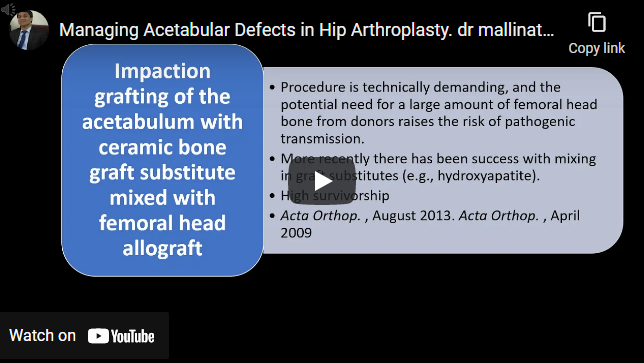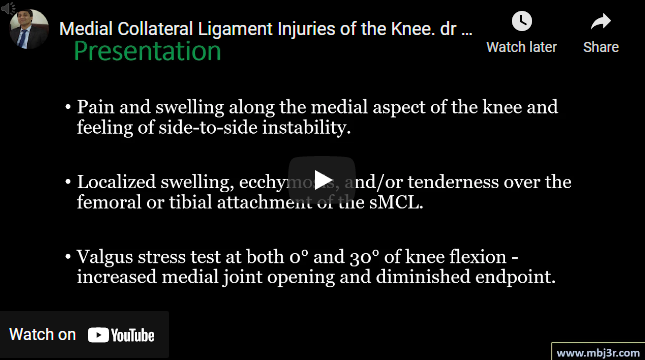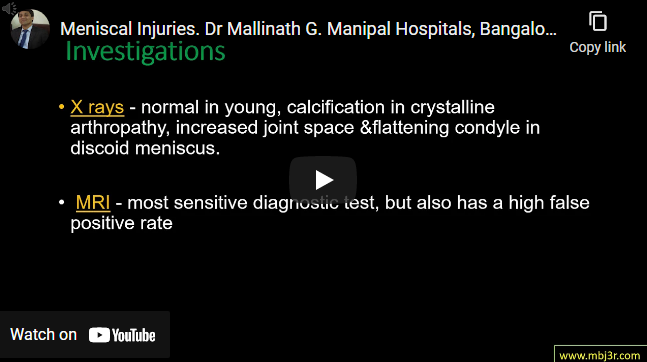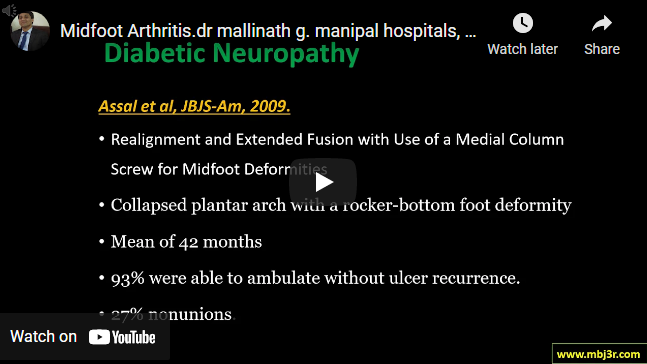Causes: repetitive sporting maneuvers, femoroacetabular impingement (FAI), or dysplasia 10-year outcomes following arthroscopic labral debridement and labral repair showed no significant difference in the rate of conversion to total hip arthroplasty (THA) or postoperative outcome scores between groups Superior outcomes in patients treated with arthroscopic labral reconstruction compared to those treated with labral resection Selective debridement may be chosen in…
